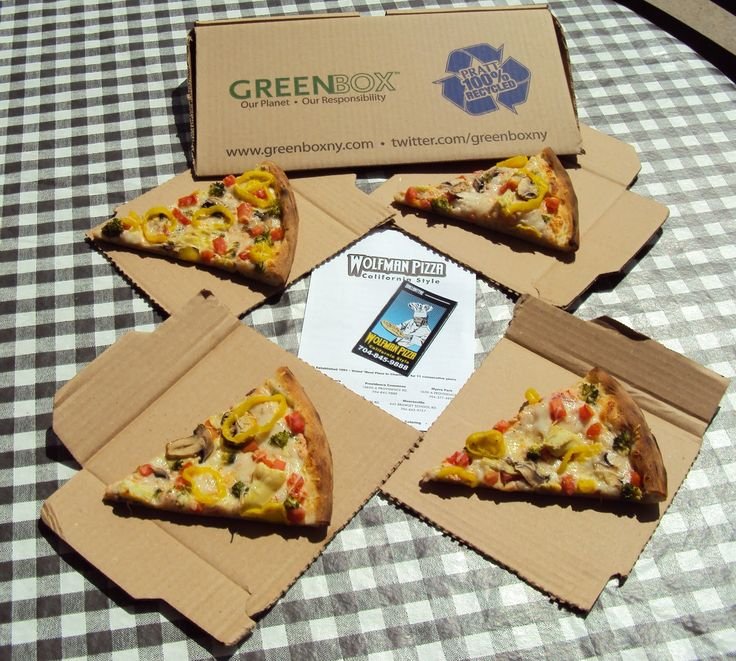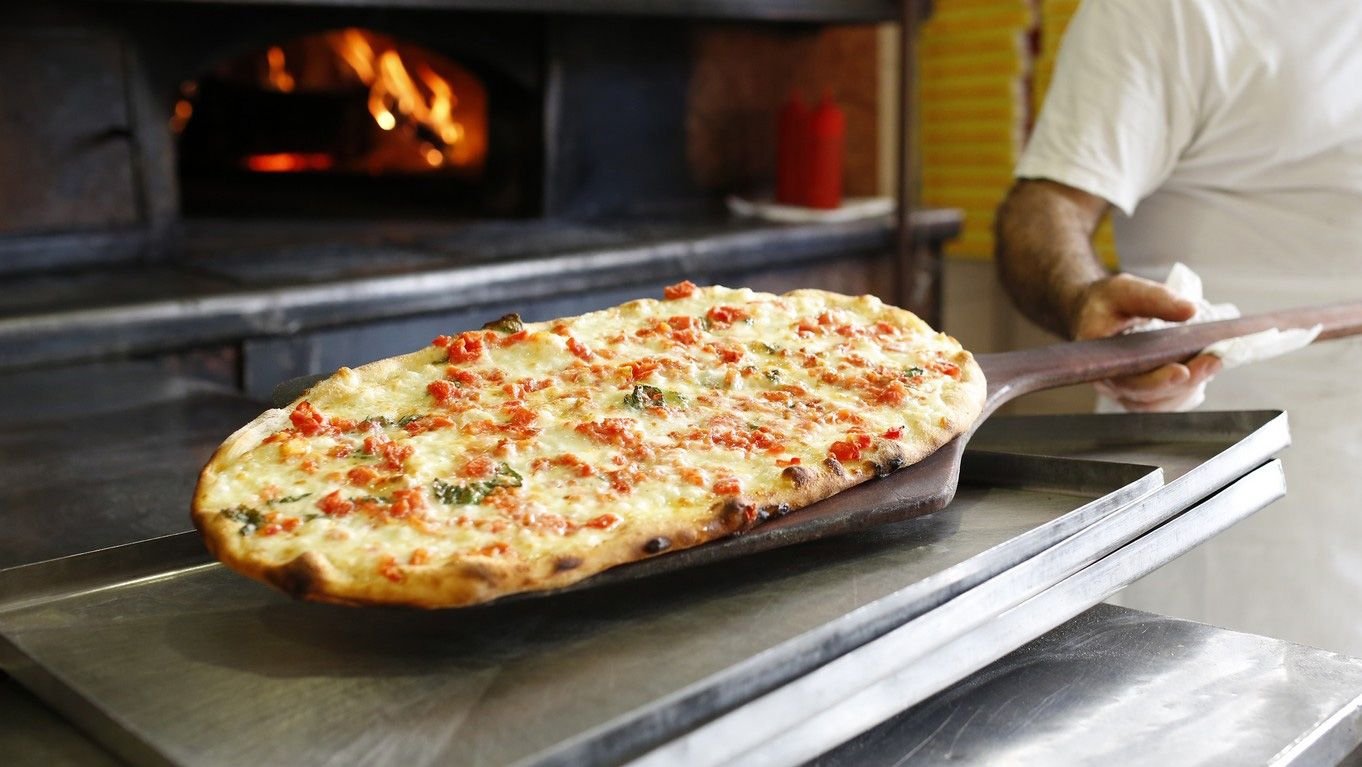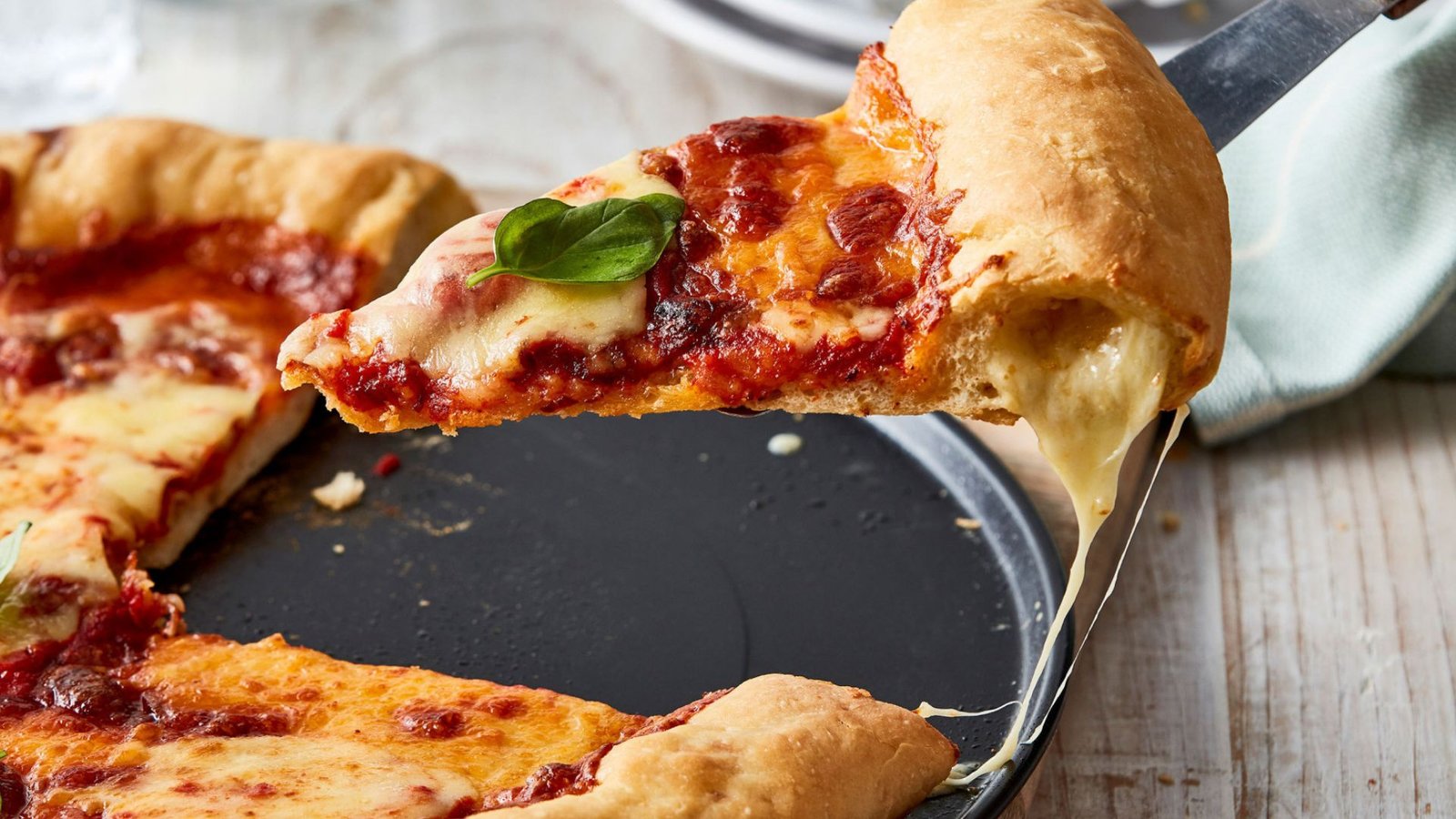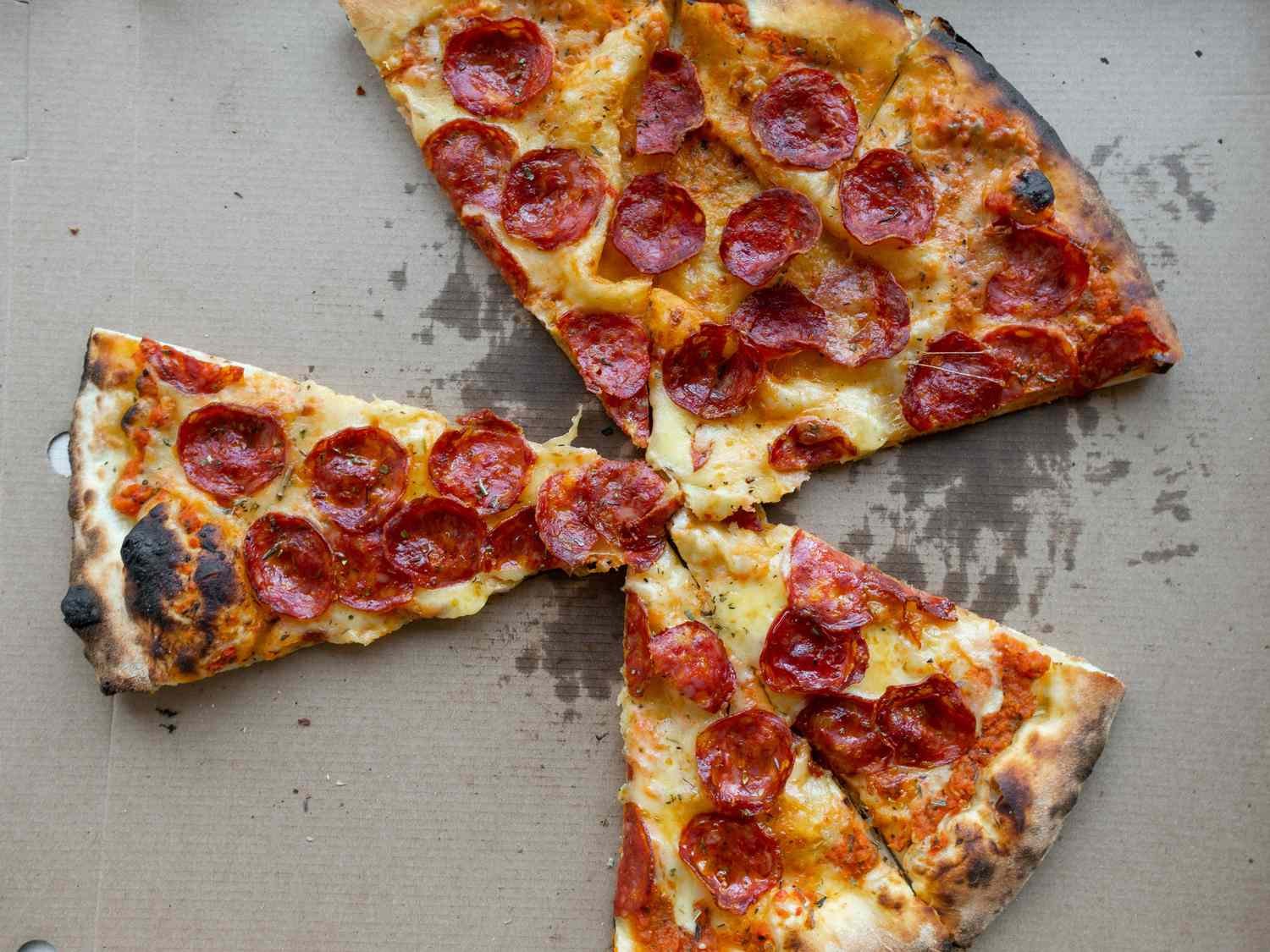The pizza industry, ever-evolving to meet consumer demands and environmental considerations, has seen significant advancements in packaging and preservation. Innovations in this area aim to improve the quality and freshness of delivered pizzas, enhance convenience, and reduce the environmental impact of packaging materials. This article delves into the latest innovations in pizza packaging and preservation, exploring how these advancements are transforming the industry.

Sustainable Packaging Solutions
Biodegradable and Compostable Materials
With increasing awareness of environmental issues, many pizzerias are shifting towards sustainable packaging solutions. Biodegradable and compostable pizza boxes made from materials such as plant fibers, sugarcane, and cornstarch offer an eco-friendly alternative to traditional cardboard boxes. These materials break down naturally, reducing the environmental footprint and catering to eco-conscious consumers.
Recyclable Packaging
Recyclable packaging is another crucial innovation aimed at sustainability. Boxes made from recyclable cardboard and featuring water-based inks and adhesives ensure that they can be processed through standard recycling systems. By promoting the use of recyclable packaging, pizzerias help divert waste from landfills and support a circular economy.
Reusable Containers
Some forward-thinking pizzerias are introducing reusable pizza containers. These containers are designed to be returned, cleaned, and reused multiple times. Programs that incentivize customers to return these containers, such as discounts on future orders, not only reduce waste but also encourage a culture of sustainability among consumers.
Enhancing Pizza Freshness
Insulated and Ventilated Boxes
Maintaining the temperature and texture of pizza during delivery is crucial for customer satisfaction. Insulated and ventilated pizza boxes have been developed to address this challenge. Insulated boxes retain heat, keeping the pizza warm for longer periods, while ventilated designs prevent moisture build-up, ensuring that the crust remains crispy. These innovations enhance the overall dining experience by delivering pizzas that are both hot and fresh.
Heat Retention Inserts
Heat retention inserts made from materials like aluminum foil and thermal blankets are placed inside pizza boxes to maintain optimal temperature. These inserts reflect heat back onto the pizza, keeping it warm throughout the delivery journey. By incorporating heat retention technology, pizzerias can ensure that customers receive their pizzas at the perfect temperature, even after extended delivery times.
Vacuum Sealing
Vacuum sealing is an innovative preservation technique that extends the shelf life of pizza by removing air from the packaging. This method slows down the oxidation process and prevents spoilage, making it ideal for frozen and pre-packaged pizzas. Vacuum-sealed pizzas retain their freshness, flavor, and nutritional value for longer periods, providing a convenient option for consumers who want to enjoy pizza at their own pace.
Convenience and Consumer Experience
Easy-Open and Resealable Boxes
Innovations in packaging design have led to the development of easy-open and resealable pizza boxes. These boxes feature perforations and tabs that allow customers to open them effortlessly and reseal them to keep leftover pizza fresh. The convenience of resealable packaging reduces food waste and enhances the overall customer experience by offering a practical solution for storing leftovers.
Portion Control Packaging
Portion control packaging addresses the growing demand for smaller, individual-sized pizzas. Packaging solutions that accommodate single servings or slices cater to consumers seeking convenience and portion control. These packages are ideal for quick meals, snacks, or on-the-go consumption, appealing to busy individuals and families.
Innovative Box Designs
Creative box designs that enhance the dining experience are gaining popularity. Boxes with built-in plates, dip holders, and tear-away sections for easy sharing add an element of fun and functionality. These innovative designs improve convenience and make pizza consumption more enjoyable, especially in social settings.
Technological Integration
Smart Packaging
Smart packaging technology integrates digital features like QR codes, NFC tags, and augmented reality (AR) experiences into pizza boxes. QR codes and NFC tags can provide customers with information about ingredients, nutritional facts, and promotional offers. AR experiences, accessed through smartphones, can offer interactive content such as virtual pizza-making tutorials or games, enhancing customer engagement and brand loyalty.
Temperature Indicators
Temperature-sensitive packaging with built-in indicators shows whether the pizza has been kept at the right temperature during delivery. These indicators change color based on the temperature, providing a visual cue to customers about the freshness of their pizza. This technology helps ensure quality control and reassures customers about the safety and freshness of their food.
Reducing Environmental Impact
Minimalist Packaging
Minimalist packaging aims to reduce material usage and waste. By designing boxes that use fewer resources and eliminating unnecessary components, pizzerias can minimize their environmental impact. This approach not only conserves raw materials but also reduces transportation costs and carbon emissions associated with packaging production and disposal.
Edible Packaging
Although still in its early stages, edible packaging represents a futuristic innovation with significant potential. Made from food-grade materials, edible packaging can be consumed along with the pizza, eliminating waste altogether. Researchers are exploring various edible materials, such as dough-based wraps and biodegradable films, to create packaging that complements the pizza-eating experience.
Conclusion
Innovation in pizza packaging and preservation is driving the industry towards greater sustainability, improved freshness, and enhanced consumer convenience. From biodegradable materials and insulated boxes to smart packaging and edible solutions, these advancements are transforming how pizzas are delivered and enjoyed. As the industry continues to evolve, pizzerias that embrace these innovative packaging solutions will not only meet the changing demands of consumers but also contribute to a more sustainable and enjoyable future for pizza lovers worldwide.











